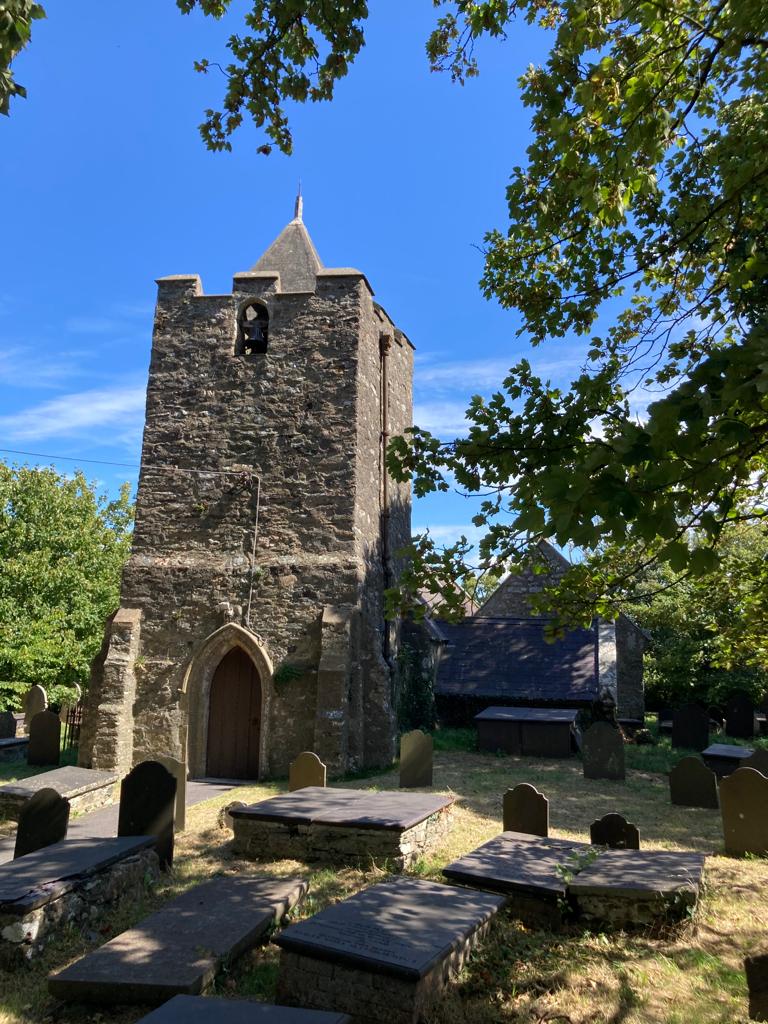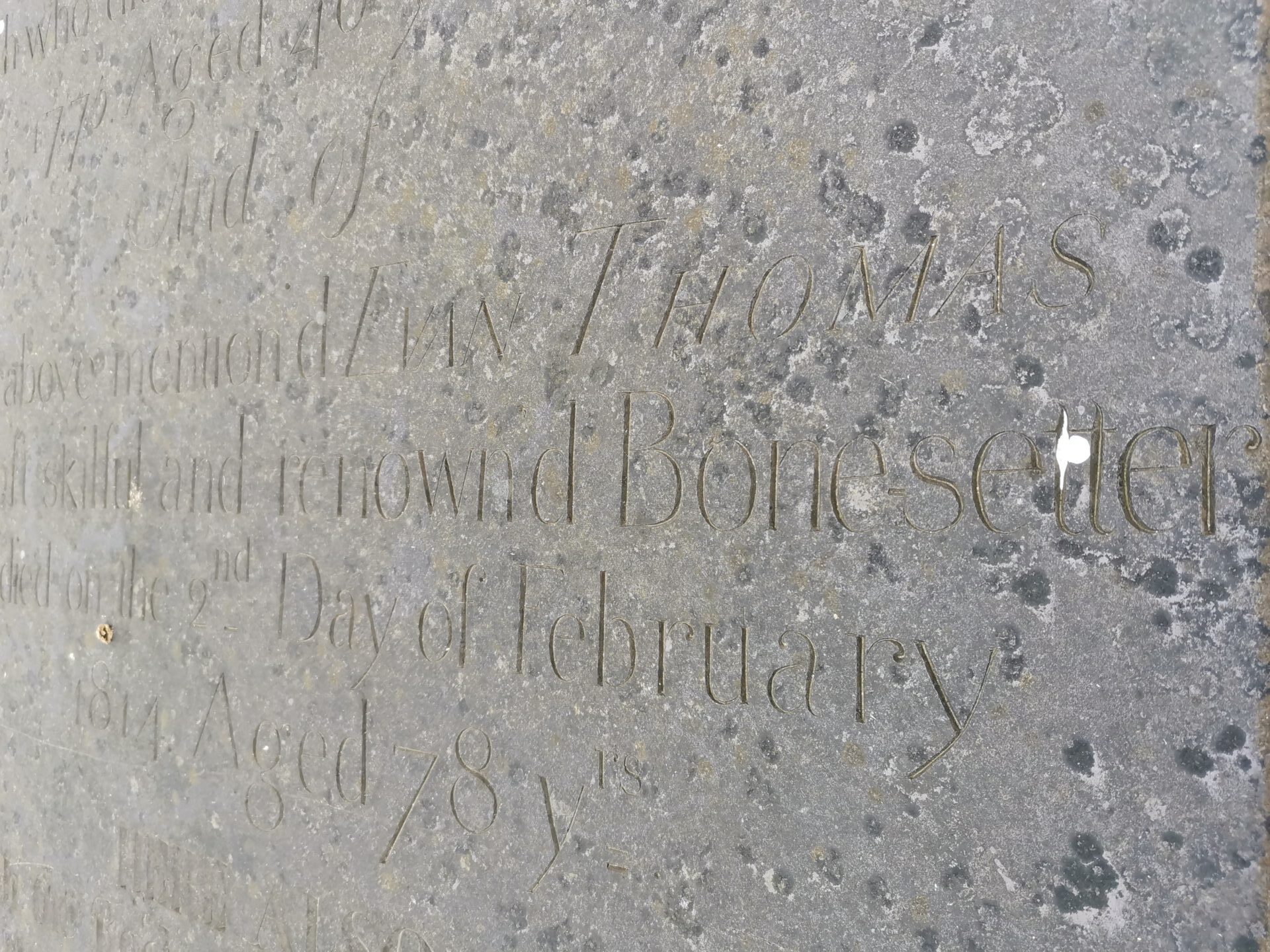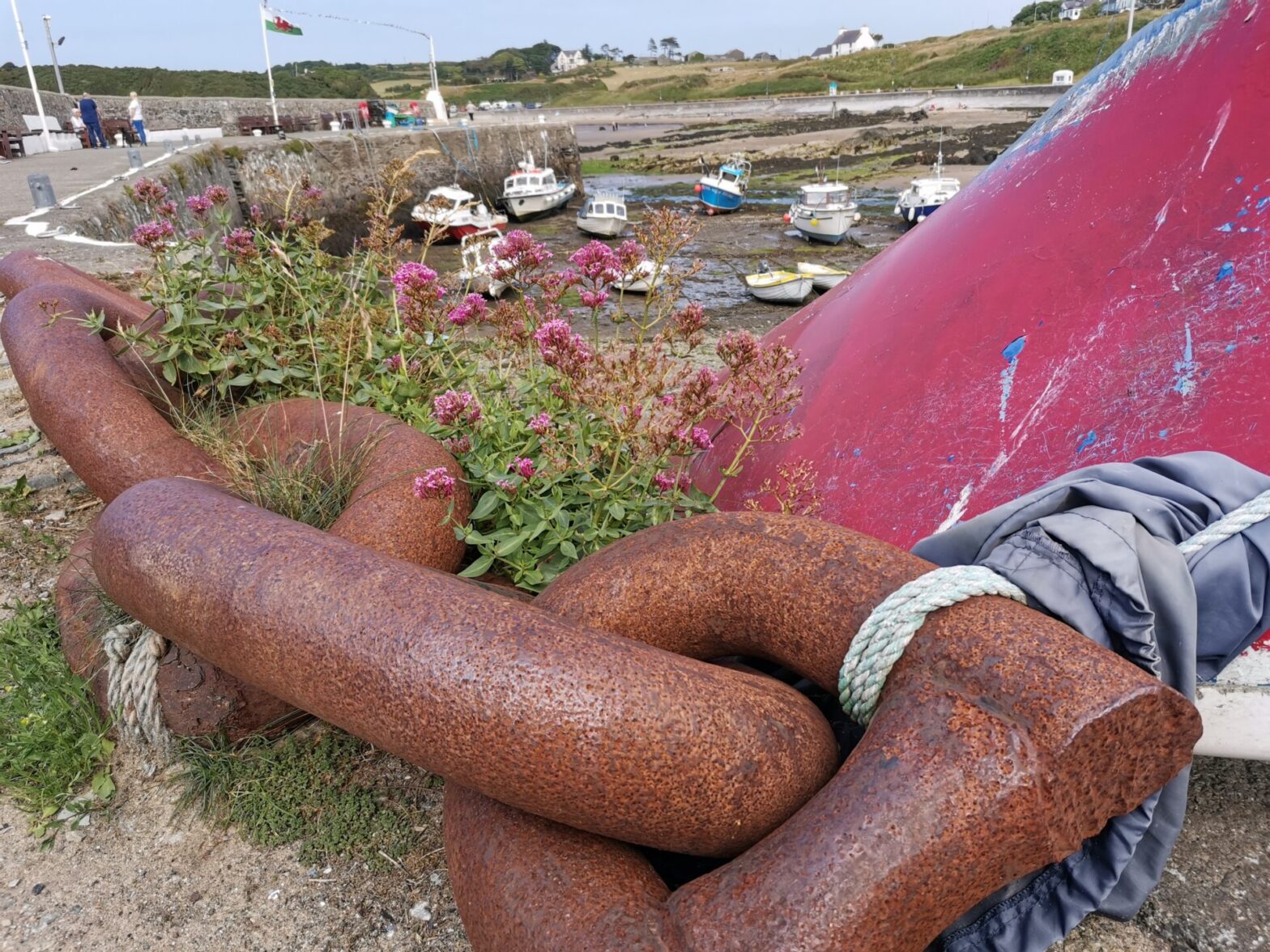We’ve led a few of our Salty Tales for Cyclists Guided Bike Tours now, and are getting a taste of the stories which really engage our cyclists.
Anglesey is intrinsically linked to the sea of course, and its position makes it an important link between Britain and Ireland. We’ve enjoyed researching and bringing together stories about the island’s maritime history, the role that seafaring has played in society, the many shipwrecks invisibly encircling its rocky coastline, and the attempts to make life at sea safer for all concerned. Seafaring runs through Anglesey’s very strata like the figure in Number 8 rock.
Smuggler’s unexpected discovery
We talk about piracy and privateering, smuggling and salvage, but the strangest story must be about a child discovered shipwrecked on the Skerries by a local smuggler by the name of Daniel Lukie.
Sometime between 1730-45, Daniel Lukie found two young boys ship-wrecked and stranded on the Skerries, a small rocky island off the Anglesey coast and a haunt of smugglers.
Sadly, only one of the boys survived, and he was adopted by a local couple and grew up at Maes Merddyn Brych. The boy spoke no Welsh or English, and so it was assumed that he and his brother were Spanish…
He must have come across a bird with a broken wing or similar, as it soon became apparent that he had unusual skills in bone-setting- using techniques such as traction, which were unknown in Britain at the time.
Take a look at our Guided Bike Tours now!
Remarkable skills
As time wore on and his skills became known about, people brought the boy, now named Evan Thomas, injured animals to treat. Such was his success, that people began turning up with their own injuries. As his fame spread, even Lord Viscount Bulkeley of Baron Hill summoned him to treat his wife. Where contemporary doctors, surgeons and ‘quacks’ had failed, Evan was able to treat the Lady successfully. In thanks, the Viscount erected a marble plaque in Evan’s honour, which along with his gravestone, is at Llanfairynghornwy Church, which we visit on our cycling route.
Not only did Evan become widely known as a bone-setter, he taught his skills to his sons, and founded a ‘bone-setting’ dynasty, and the Anglesey bone-setters became renowned.
What is perhaps more remarkable still is that the interest in bone-setting continued, and Evan’s great-great grandson became known as the ‘father of modern orthopaedic medicine’. Sir Robert Jones, the great, great grandson of that boy found shipwrecked saved countless lives during the First World War by improving the care and treatment of orthopaedic injuries. He was the first to use radiography to diagnose injuries, he introduced a new splint and just reorganised and vastly improved the care and rehabilitation of people with bone injuries. The statistics attest to his vastly improving the outcome for fractures during the First World War. As an example, deaths caused by compound leg fracture (often an open wound) were reduced from 80% to 20% due to the way the injured were splinted and cared for.
Sir Robert founded the first specialist orthopaedic hospital, the Robert Jones and Agnes Hunt Orthopaedic Hospital which continues to provide specialist medicine.
A modern postscript to the story is that people had assumed that the swarthy children were likely to be Spanish- given that there would have been Spanish ships supplying the rebellion in Scotland around this time, however modern DNA tests of Evan Thomas’s descendants has revealed that the brothers had origins in an area of the Caucasus Mountains on the Eastern fringes of Europe!




